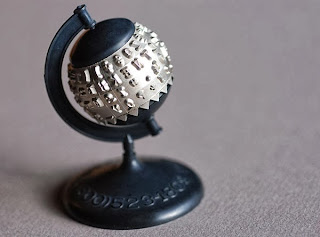If you’re gullible enough to believe the so-called experts in their Ivory Towers, Oxford dictionaries has pronounced “post-truth” as the international word of the year.
 The formal definition for the adjective that beat out the terms alt-right, Brexiteer, and hygge and the polar opposite of last year’s honouring of an emoji reads “relating to or denoting circumstances in which objective facts are less influential in shaping public opinion than appeals to emotion and personal belief.” Though seemingly born of the moment, post-truth has been in parlance since 1992 essay addressing the Iran-Contra Affair and the first Gulf War.
The formal definition for the adjective that beat out the terms alt-right, Brexiteer, and hygge and the polar opposite of last year’s honouring of an emoji reads “relating to or denoting circumstances in which objective facts are less influential in shaping public opinion than appeals to emotion and personal belief.” Though seemingly born of the moment, post-truth has been in parlance since 1992 essay addressing the Iran-Contra Affair and the first Gulf War.


















